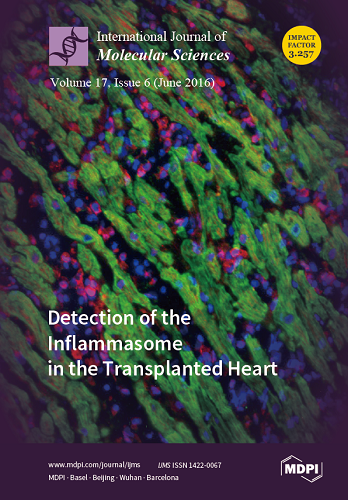Plant myrosinases (β-thioglucoside glucohydrolases) are classified into two subclasses, Myr I and Myr II. The biological function of Myr I has been characterized as a major biochemical defense against insect pests and pathogens in cruciferous plants. However, the biological function of Myr II remains obscure. We studied the function of two Myr II member genes
AtTGG4 and
AtTGG5 in Arabidopsis. RT-PCR showed that both genes were specifically expressed in roots. GUS-assay revealed that both genes were expressed in the root-tip but with difference:
AtTGG4 was expressed in the elongation zone of the root-tip, while
AtTGG5 was expressed in the whole root-tip. Moreover, myrosin cells that produce and store the Myr I myrosinases in aboveground organs were not observed in roots, and
AtTGG4 and
AtTGG5 were expressed in all cells of the specific region. A homozygous double mutant line
tgg4tgg5 was obtained through cross-pollination between two T-DNA insertion lines,
tgg4E8 and
tgg5E12, by PCR-screening in the F2 and F3 generations. Analysis of myrosinase activity in roots of mutants revealed that
AtTGG4 and
AtTGG5 had additive effects and contributed 35% and 65% myrosinase activity in roots of the wild type Col-0, respectively, and myrosinase activity in
tgg4tgg5 was severely repressed. When grown in Murashiege & Skoog (MS) medium or in soil with sufficient water, Col-0 had the shortest roots, and
tgg4tgg5 had the longest roots, while
tgg4E8 and
tgg5E12 had intermediate root lengths. In contrast, when grown in soil with excessive water, Col-0 had the longest roots, and
tgg4tgg5 had the shortest roots. These results suggested that
AtTGG4 and
AtTGG5 regulated root growth and had a role in flood tolerance. The auxin-indicator gene
DR5::GUS was then introduced into
tgg4tgg5 by cross-pollination.
DR5::GUS expression patterns in seedlings of F1, F2, and F3 generations indicated that
AtTGG4 and
AtTGG5 contributed to auxin biosynthesis in roots. The proposed mechanism is that indolic glucosinolate is transported to the root-tip and converted to indole-3-acetonitrile (IAN) in the tryptophan-dependent pathways by AtTGG4 and AtTGG5, and IAN is finally converted to indole-3-acetic acid (IAA) by nitrilases in the root-tip. This mechanism guarantees the biosynthesis of IAA in correct cells of the root-tip and, thus, a correct auxin gradient is formed for healthy development of roots.
Full article






